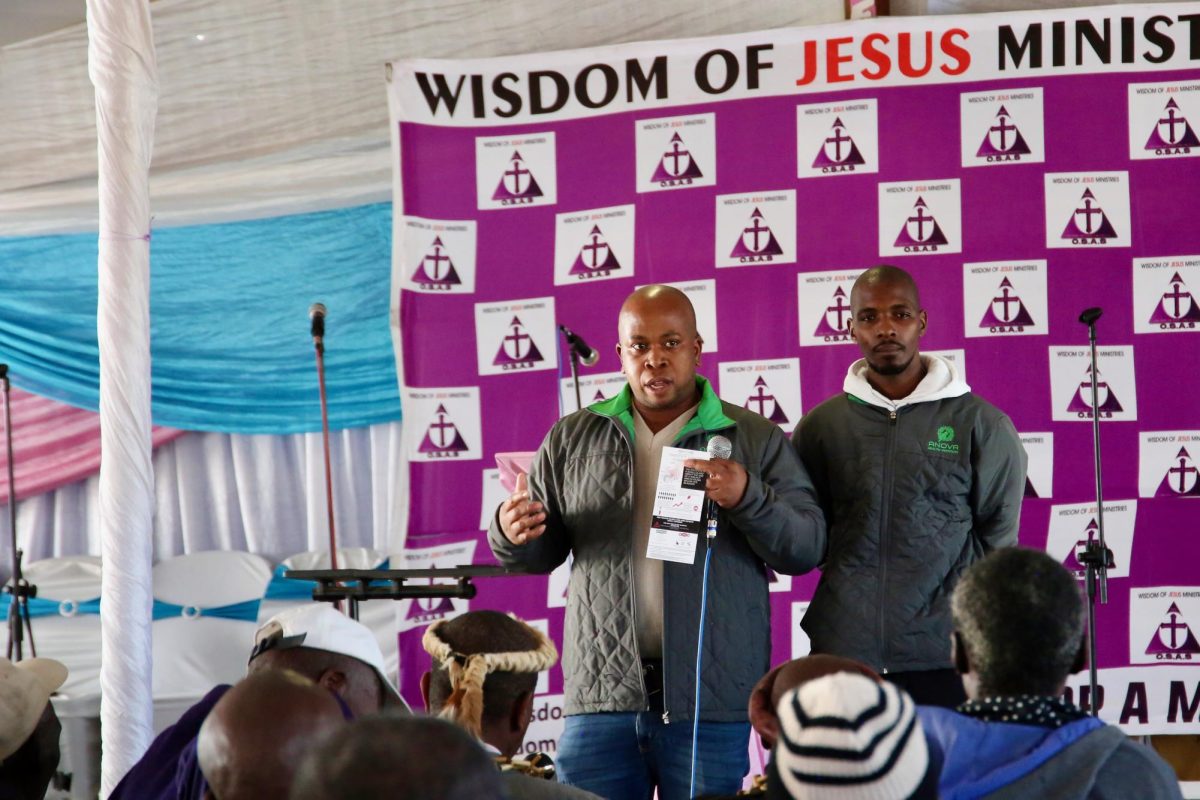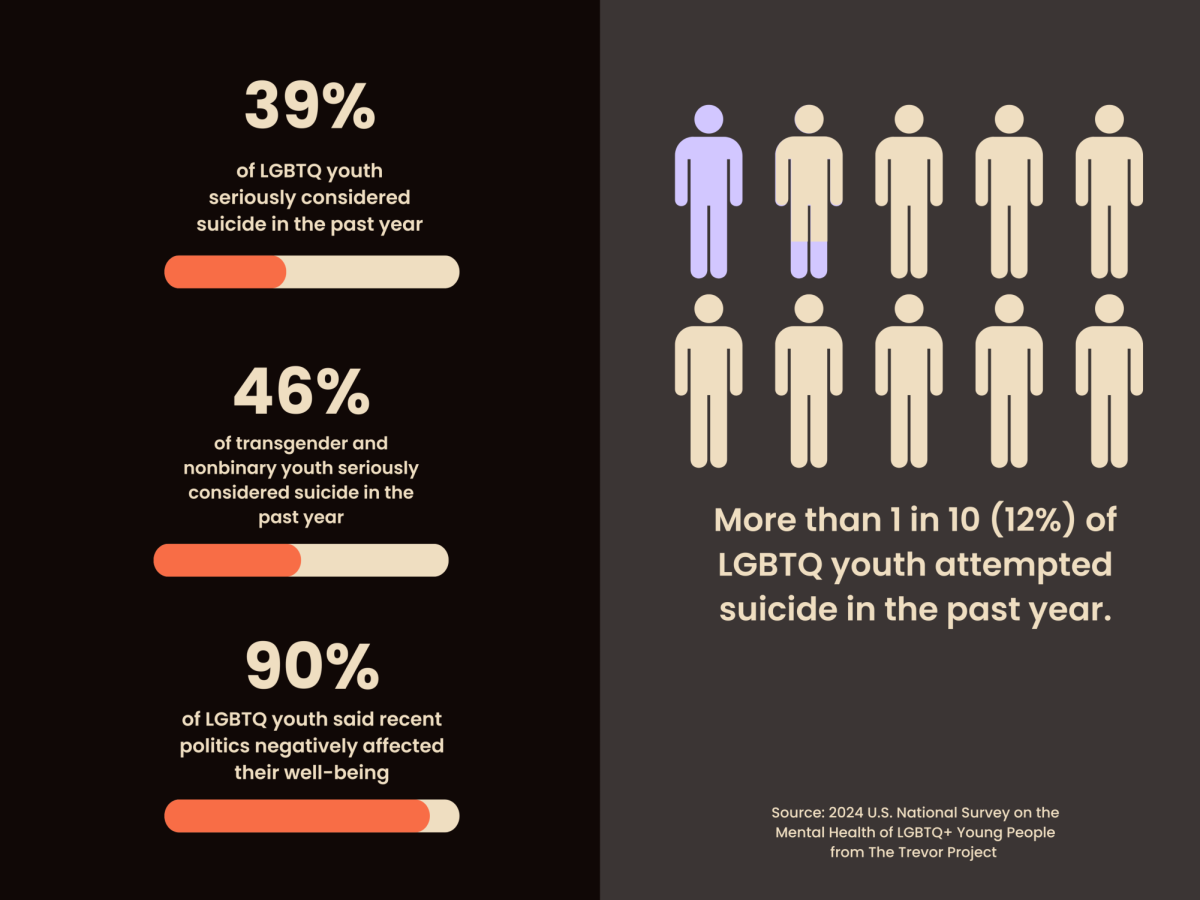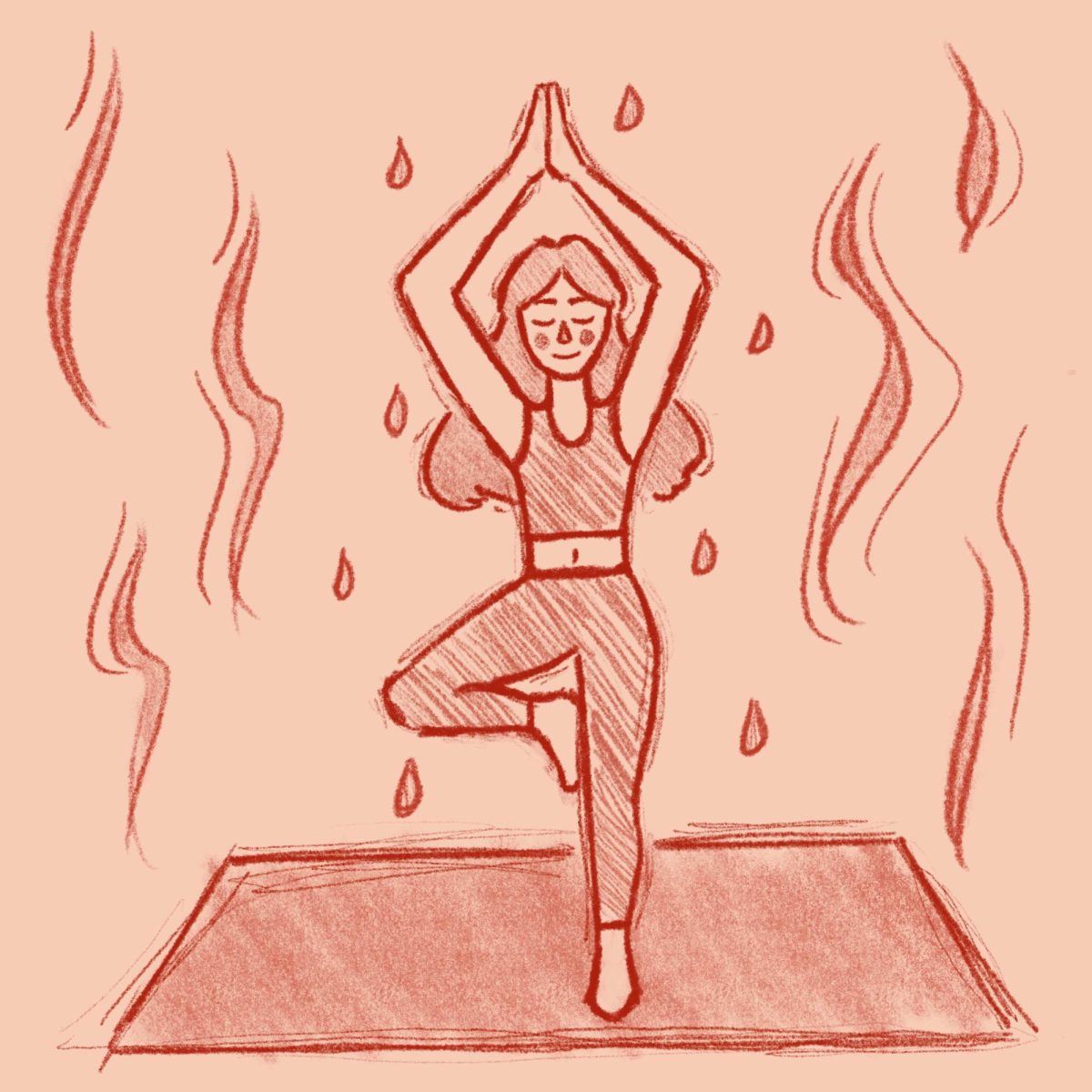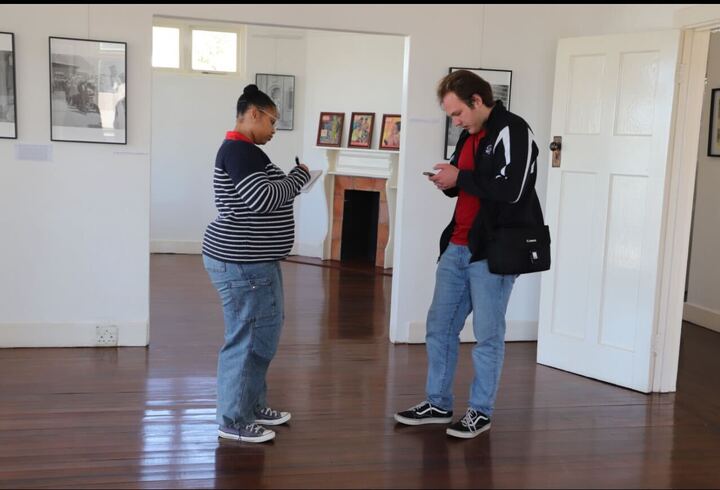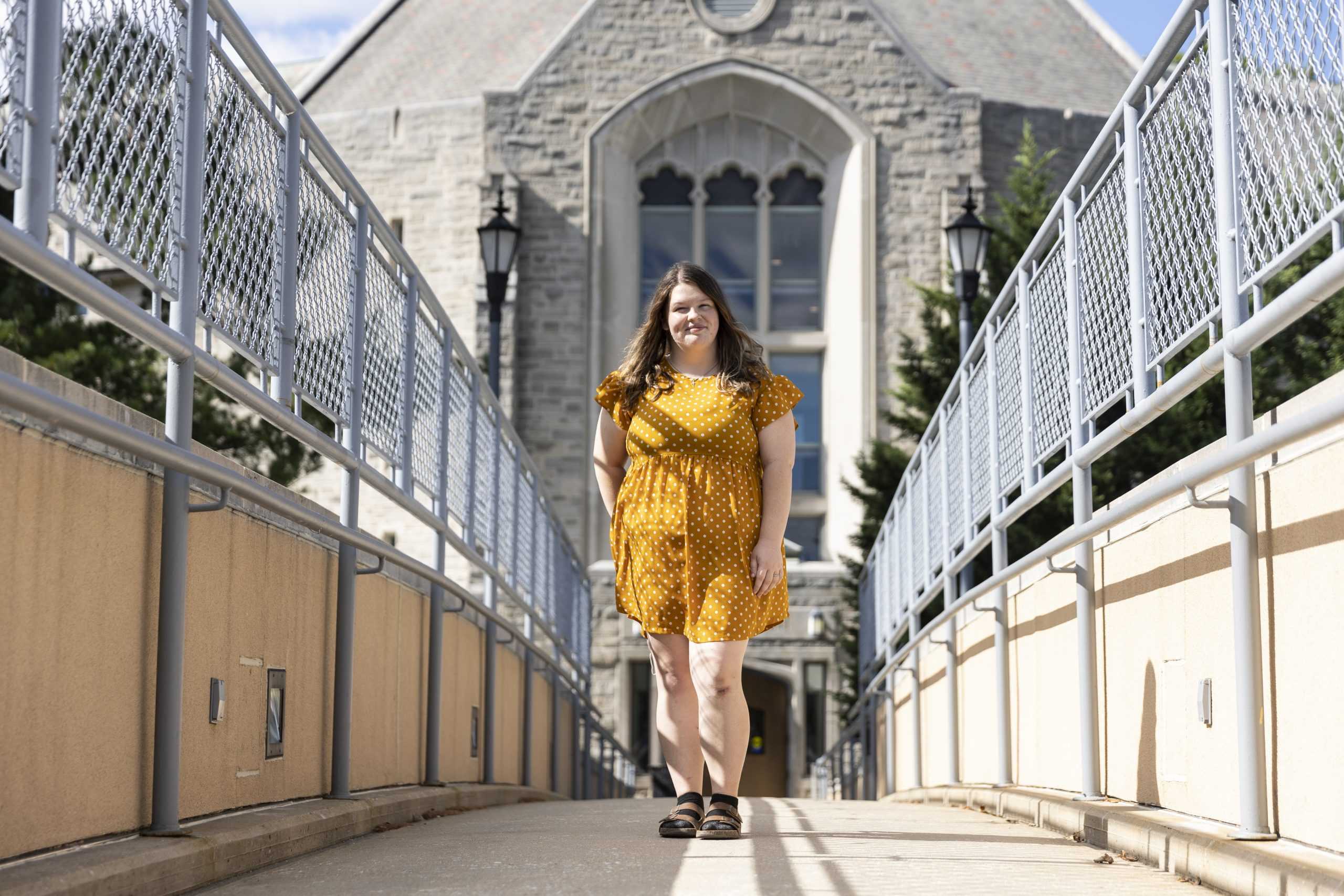As Kevin Hoban ’24 was getting ready for move-in weekend in August 2020, he made the last-minute decision to spend the entirety of his first year of college fully online at his family home in Connecticut.
Because of the coronavirus pandemic, Hoban had spent the last few months of high school online as well. But that was different.
“At least I could log on and know the faces to some degree,” Hoban said. “But the first day [of college], it was very strange, just no familiar faces at all.”
Like Hoban, a number of St. Joe’s students opted to stay home their first year of college out of concerns regarding health and safety on campus amid the pandemic.
During the spring 2021 semester, 106 first-year students were enrolled in fully virtual courses, according to Kim Allen-Stuck, Ph.D., assistant vice president of Student Success and Educational Support.
The class of 2024 currently has the highest retention rate (89.69%) compared to the classes of 2021, 2022 and 2023, according to Allen-Stuck. Whether they were on campus last year, or at home, these students who began their college career during a global pandemic are now all adjusting to a fully on-ground St. Joe’s.
Calvin Huisentruit ’24, who is on campus this semester after spending his first year at home in Washington, D.C., said being online was a challenge, especially during the fall 2020 semester. He said he spent most of his time in the same room taking classes, doing school work and trying to relax.
“I came to appreciate having the school environment because that was something I missed out on,” Huisentruit said. “I could have done a lot better if I was around people who were also doing schoolwork . . . That was difficult, mentally.”
While Huisentruit said he enjoys seeing new faces and meeting new people now that he is on campus, he is still finding his way at St. Joe’s.
“I feel a little lost and not as connected as I would like to be because I’m regarded as a sophomore, but honestly, I’m a new student,” Huisentruit said. “I don’t know anything about this place.”
For Hoban, adapting to this year has been a fairly easy adjustment, in part because he attended the reorientation program Allen-Stuck and Nancy Komada, Ph.D., director of Student Transitions, held the Friday before classes started this semester.
Allen-Stuck said the program aimed to give sophomores new to campus a head start.
“I like to think it helped build their “Hawk confidence,” that when they were walking around campus they knew where they were going, they knew a couple of other people they could reach out to have lunch with the first day and they were in a place where they could get their questions answered before everybody else was here,” Allen-Stuck said.
It worked for Hoban.
“It has been a shockingly easy transition,” Hoban said. “I feel like a lot of people went into this year hitting the reset button. In a lot of ways, people are starting over and getting back into some sense of normalcy now that campus is a lot more open than it was.”
Many current first-year students in the class of 2025 have found it easy to acclimate to the campus environment even though they also started their college careers during a global health crisis. For these students, the reset is from a year and a half of high school that was often disrupted by the pandemic.
Riccardo Vizuete ’25 said attending classes fully in-person has made the adjustment to campus life easier.
“I never realized, once Covid happened, how important in-class learning is,” Vizuete said. “Not that I wasn’t paying attention in Zoom classes, but it’s just so hard to stay focused on what you’re doing.”
Morgan Dempsey ’25, who has never known college to be anything other than what it looks like now, said her current experience exceeded expectations.
“All of this feels like so much freedom, even with masks indoors,” Dempsey said. “We’re used to it. We’ve never seen college without it.”
Bryan Bohn ’25 said that while there are challenges to this year, continuing forward with an in-person semester has allowed first-year students like him to feel at home on Hawk Hill.
“I know for some people, it took them a little bit longer to adjust,” Bohn said. “But I think [by] the fifth week, people have kind of found their rhythm. I think everyone’s happy to be back”



